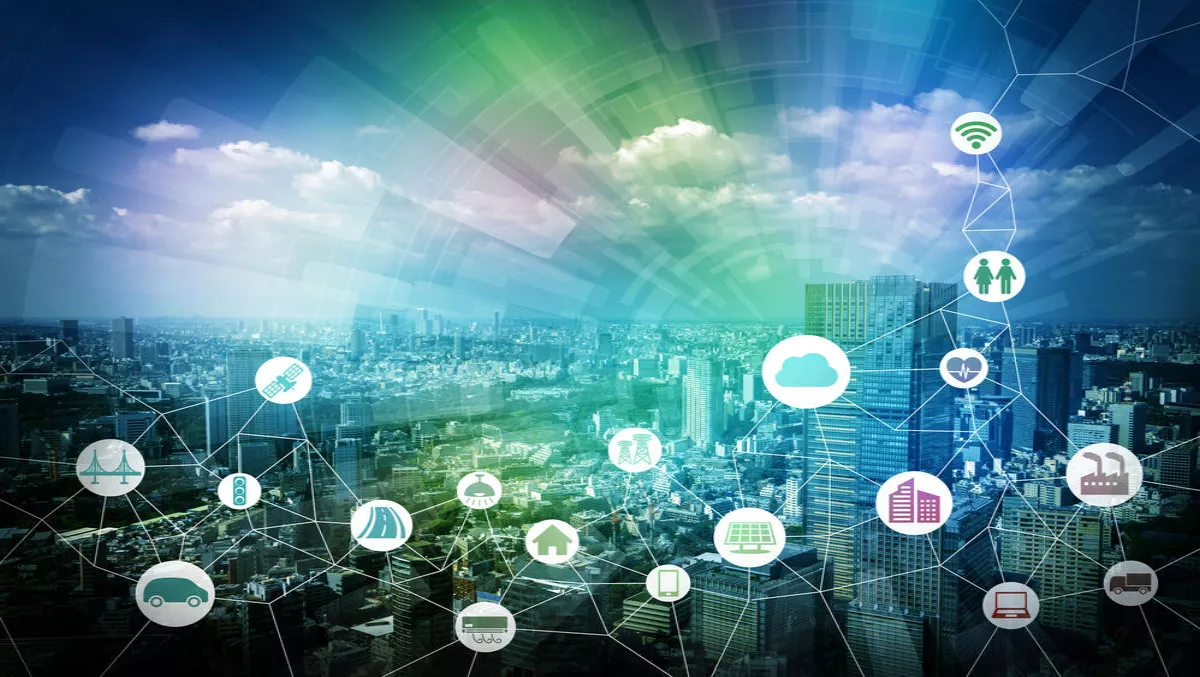With many tech companies aiming to make 2017 the year everyday devices become connected to the internet, and considering the year ahead will see almost a third more smart TVs purchased than the last, the growing impact of connected devices on both consumers and businesses is undeniable.
That's the bold word from Graham McCorkill, co-founder and director of Buzinga App Development.
McCorkill says consumers are continuing to deepen their 'addiction' to the Internet of Things, and as a result businesses will have new opportunities to interact and engage with customers, as well as introduce new revenue streams.
"The impact on business' bottom line has the potential to go beyond the financial consequences of introducing new features of products," McCorkill says.
"Businesses that understand the broader scope of potential impact the IoT has on a business' entire approach to customer service, engagement and retention will see the fastest ROI on their investment in these technologies," he explains.
For these businesses, McCorkill says there are three key ways they will leverage the benefits of connected devices to drive more meaningful customer engagement:
Creating a new point of differentiation
McCorkill says the IoT allows companies to interact with customers in unique ways, separating them from organisations who have not made it a priority.
"For example, whilst a smart bottle and a regular plastic drink bottle both ultimately perform the same function, the engagement and interaction offered by a smart bottle is profoundly superior," he states.
"An IoT-enabled water bottle, such as the Hidrate Spark, could seamlessly sync with other IoT devices, such as a smartphones, Fitbits or Apple Watches, and consequently each of these device's health apps," McCorkill explains.
"This enables the smart bottle users to accurately track how much water they drink, as well as monitor specific trends and patterns. The bottle can also signal to the user when it's time to drink and allows for a customised hydration goal to be placed."
McCorkill says, "As grocery stores and supermarkets are starting to overwhelm shoppers with too much choice, these points of differentiation in how consumers experience the product and engage with the brand can be highly effective in breaking through the information overloaded and noisy marketplace that technology has fuelled."
Introducing a new level of personalisation through dataAt its base level, the IoT is about data and insight w
ith every customer interaction leaving a data trail. McCorkill says the sheer volume of data available through the IoT means companies can use these insights to better understand the needs and wants of their customers, leading to a better understanding of customers' thought processes and facilitating stronger relationships between the two parties.
"Furthermore, these insights allow for product innovation, with the IoT being used to engage with customers to further personalise their product experiences," McCorkill adds.
"For example, a refrigerator that lets you know when you're running low on certain items is useful, but one that knows your favourite foods and is able to tell you when they're on sale at your local supermarket creates a back and forth dynamic which is invaluable."
Heightening customer loyalty
McCorkill says the IoT allows organisations the ability to act in ways that encourage loyalty, such as giving rewards to customers.
"An example of this is Taco Bell's targeting of those who use the traffic and navigation app Waze. In this case, when a customer drove past a Taco Bell, Waze would send a targeted message for a reward such as free cinnamon twists or a $5 discount. This reward not only encourages loyalty towards Taco Bell but also towards Waze for indirectly providing the reward," McCorkill explains.
According to McCorkill, wearables have also taken advantage of this opportunity to encourage customer loyalty through incentives.
"Fitbit offers customers 10 Flybuys points for reaching 10,000 steps. While part of the reward is the acknowledgement that they are becoming healthier, the addition of a gift through Flybuys fosters customer loyalty and significantly increases customer engagement," he says.
McCorkill says the IoT presents a myriad of opportunities for organ
isations to improve customer engagement and therefore increase profits.
"By utilising the power of connected devices, businesses can create products that are remarkably different from their competitors, create deeper and more personal relationships with customers, and boost customer retention ratios," he explains.
"All of these outcomes will then help businesses in directing how to stay at the forefront of new technologies and address consumer demands as they change to reflect the next trend after the IoT."

